Five technologies pave the way for healthcare in 2022
Arthritis treatment breakthrough by a Vietnamese-origin researcher
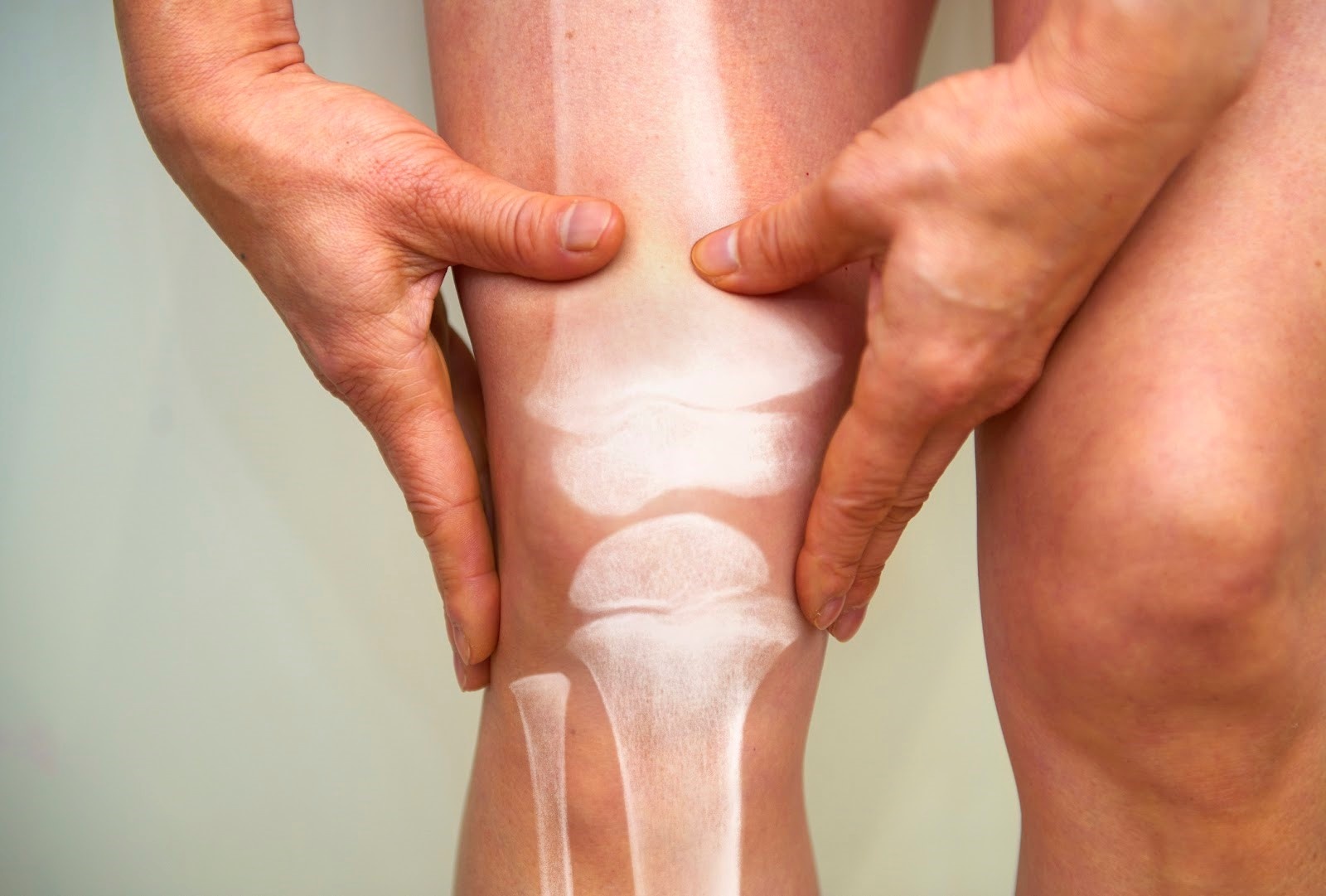 |
| More than 30 million Americans have osteoarthritis, a painful condition arising from the breakdown of shock-absorbing cartilage between bones. Image credit: Getty Images |
Bioengineers at the University of Connecticut developed a way to regrow cartilage in arthritic joints.
More than 30 million Americans have osteoarthritis, a painful condition arising from the breakdown of shock-absorbing cartilage between bones, most often in the fingers, knees, and hips. Past attempts to grow back lost cartilage have failed.
“The regrown cartilage doesn’t behave like native cartilage. It breaks under normal stresses of the joint,” said Thanh Nguyen, a Vietnamese-origin assistant professor of mechanical engineering.
Thanh Nguyen’s lab found that electrical signals are involved in normal cartilage growth, so they created a scaffolding out of a biodegradable polymer nanomaterial that produces piezoelectricity, or electric currents, that result from pressure.
When the material is implanted in a joint, the activity of walking or running creates small bursts of electricity, which stimulate new cartilage growth without the use of additional growth factors or donor material. When the team inserted the scaffold into the injured knee of a rabbit, cartilage grew back normally.
Successful transplantation of genetically modified animal heart into a human
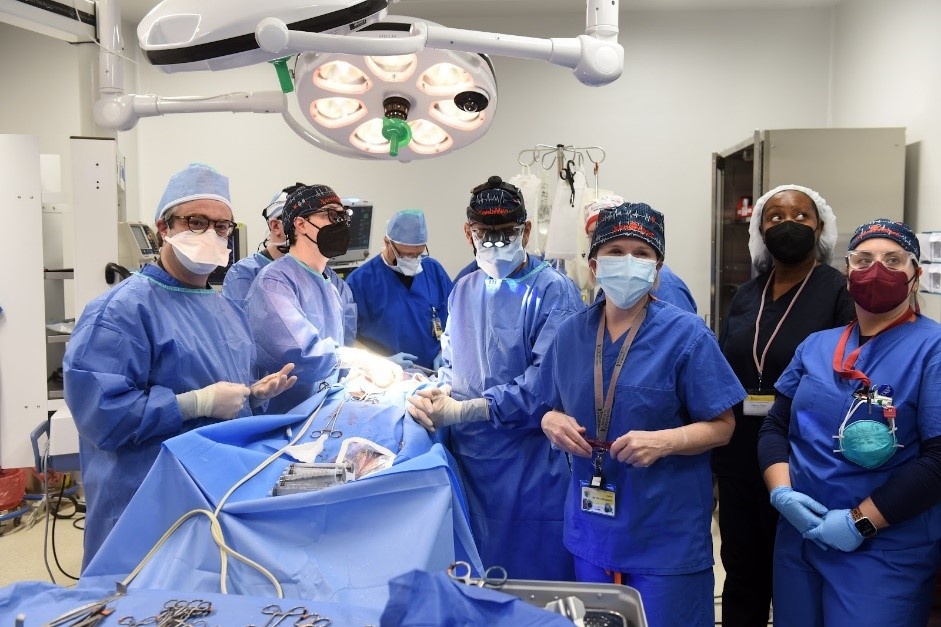 |
| Surgeons from the University of Maryland successfully transplanted a pig heart to a human. The pig's heart had been genetically modified by removing genes that induce human tissue rejection and adding human genes for immunological acceptance. (Image credit: UMSOM Public Affairs) |
Surgeons at the University of Maryland Medicine performed the first successful transplantation of a genetically modified animal heart into a human.
More than 106,000 Americans need organ transplants every year; and 17 people die each day waiting for one, according to the Health Resources and Services Administration. Doctors could use animal organs to save potentially thousands of lives but have yet to overcome the problem of organ rejection.
The heart was from a pig that had been genetically modified by removing genes that induce human tissue rejection and adding human genes for immunological acceptance. Three days after the transplant, the team reported that the 57-year-old man, who had previously been on life support, was doing well.
“We are proceeding cautiously, but we are also optimistic that this first-in-the-world surgery will provide an important new option for patients in the future,” said Bartley P. Griffith, who performed the surgery.
Promoting real-time surgical visualisation through BK Medical's acquisition
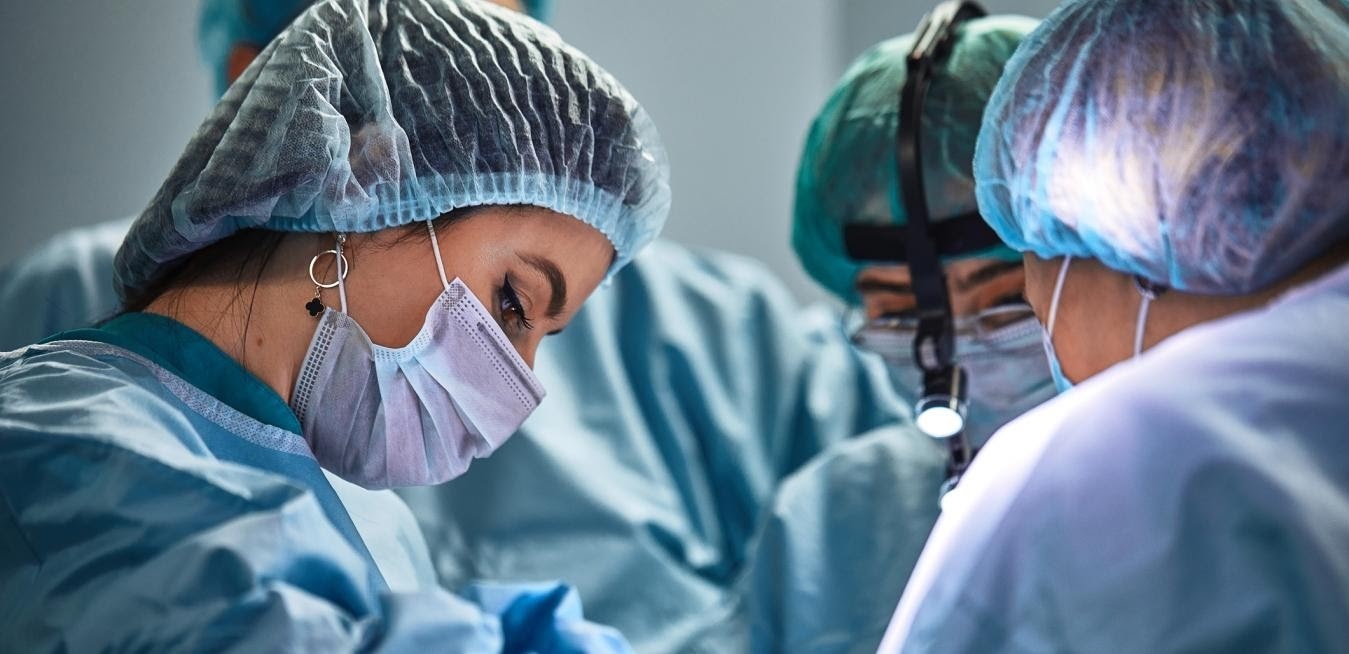 |
In December, GE Healthcare completed the acquisition of BK Medical, an advanced surgical visualisation company whose ultrasound technology helps clinicians see inside the patient’s body in real-time during surgery and helps them make critical decisions.
“Adding the fast-growing and relatively new field of real-time surgical visualisation, GE’s pre- and post-operative ultrasound capabilities will create an end-to-end offering through the full continuum of care – from diagnosis through therapy and beyond,” said Roland Rott, president and CEO of GE Healthcare Ultrasound.
“GE Healthcare and BK Medical share a passion for clinical innovation, and I’m excited to welcome BK Medical to our team.”
The $1.45-billion cash transaction has the potential to accelerate GE’s growth and boost BK Medical’s engineering strength. GE brings to the table a decades-long history in ultrasound imaging innovation. Since the early 1990s, the ultrasound unit has grown into a $3-billion segment of GE Healthcare.
More vaccines for the world
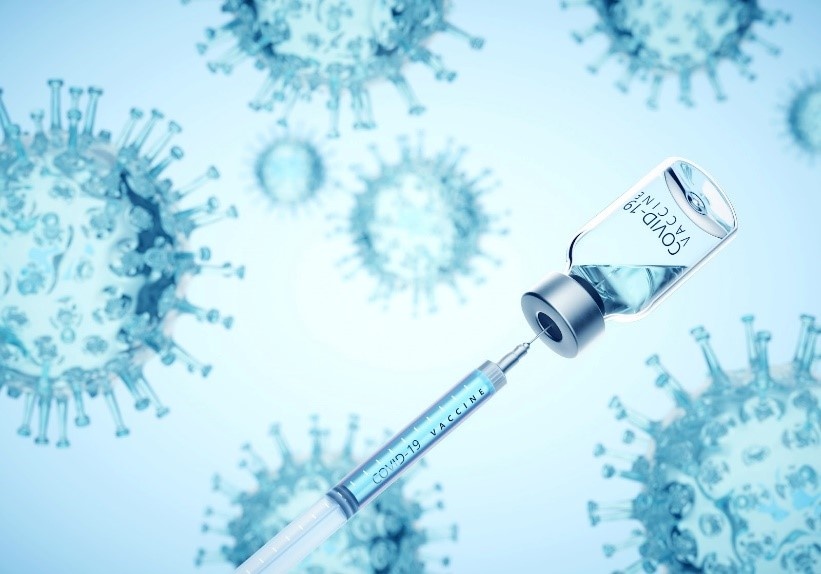 |
| Texas’ CORBEVAX is based on older, proven recombinant-protein technology that can be quickly scaled for global production. Top and above images credit: Getty Images |
Researchers at the Texas Children’s Hospital and Baylor College of Medicine developed a cheap, easy way to manufacture a vaccine for COVID-19.
| Many low-income countries face massive vaccine shortages that leave their populations vulnerable to COVID-19 and open the door for new variants to develop and spread. |
Many low-income countries face massive vaccine shortages that leave their populations vulnerable to COVID-19 and open the door for new variants to develop and spread.
Texas’ CORBEVAX is based on older, proven recombinant-protein technology that can be quickly scaled for global production.
Following their work to find a vaccine for SARS, the scientists used yeast to produce part of the coronavirus’s telltale spike protein, which stimulates an immune reaction when injected.
To encourage worldwide production, the developers did not patent the shot. A clinical trial, which has not yet been peer-reviewed, found it is 90 per cent effective against the original COVID strain and 80 per cent effective against the Delta variant.
Doing the Write Thing
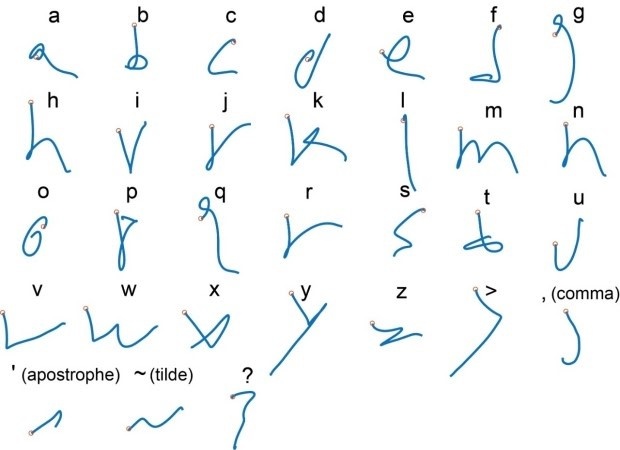 |
| A brain-computer interface and AI produced this alphabet from one study participant's mental handwriting. Image credit: Frank Willett |
Stanford researchers found a way to “quickly convert [a person’s] thoughts about handwriting into text on a computer screen.”
The technology, which involves an AI programme and a brain-computer interface (BCI), could help people with paralysis or other impairments communicate with handwriting.
“We’ve learned that complicated intended motions involving changing speeds and curved trajectories, like handwriting, can be interpreted more easily and rapidly by the AI algorithms we’re using,” said scientist Frank Willett, lead author of the study’s findings, which were published in the journal Nature.
“Alphabetical letters are different from one another, so they’re easier to tell apart.”
The study’s participant, a man researchers refer to as T5, was fitted with two BCI chips.
The chips contained electrodes that picked up signals from the brain’s motor cortex, which controls hand movements. When T5 focused his thoughts on writing letters of the alphabet on paper with a pen, the BCI sent these signals to a computer, where the newly developed algorithm transcribed them into text on a screen.
T5 repeated each letter ten times to teach the programme his handwriting style. Ultimately, he set new speed records for copying sentences (around 18 words per minute) and “freestyle writing” (15 words per minute, triple the previous record from a keyboard-and-mouse setup).
What the stars mean:
★ Poor ★ ★ Promising ★★★ Good ★★★★ Very good ★★★★★ Exceptional
Related Contents
Latest News
More News
- JustMarkets Launches Beginner-Friendly Trading Guide for New Investors (April 22, 2025 | 08:45)
- Chubb Names Janene Blizzard as New Head of Accident & Health for Asia Pacific (April 22, 2025 | 08:38)
- Wildberries Expands into Central Asia with Tajikistan Market Launch (April 22, 2025 | 08:00)
- MSIG Malaysia Pioneers Assisted Living Add-On for Personal Accident Insurance (April 22, 2025 | 08:00)
- Zoho Study: APAC Leads in Digital Transformation and Cybersecurity Readiness (April 22, 2025 | 08:00)
- World Internet Conference APAC Summit Debuts in Hong Kong, Spotlights Digital Intelligence (April 22, 2025 | 07:00)
- Taxes on super rich and tech giants stall under Trump (April 21, 2025 | 15:33)
- DHL to stop global shipments worth over $800 to US consumers (April 21, 2025 | 15:18)
- Ace Academia Welcomes Dr. Ban Har Yeap at 2025 Clementi Open House (April 21, 2025 | 09:51)
- VinFast Partners with Bengkel BOS to Grow Service Network in Indonesia (April 21, 2025 | 09:34)



 Tag:
Tag: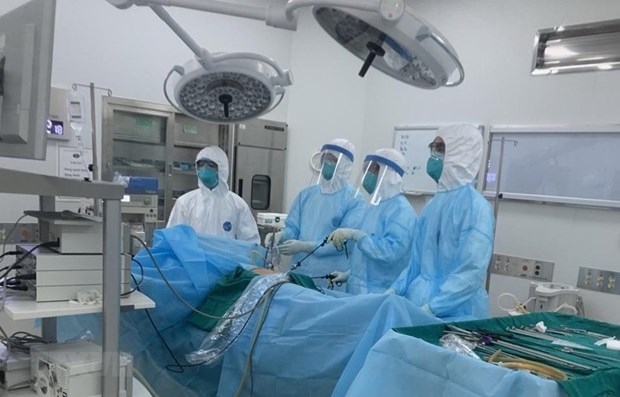
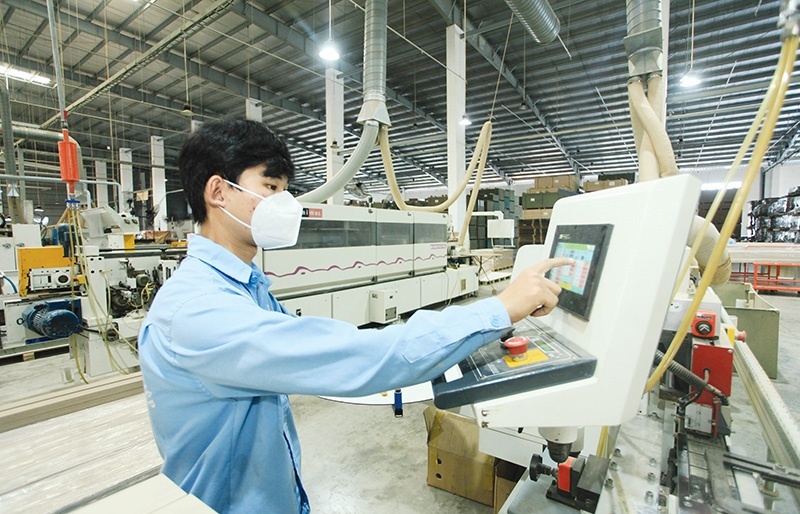
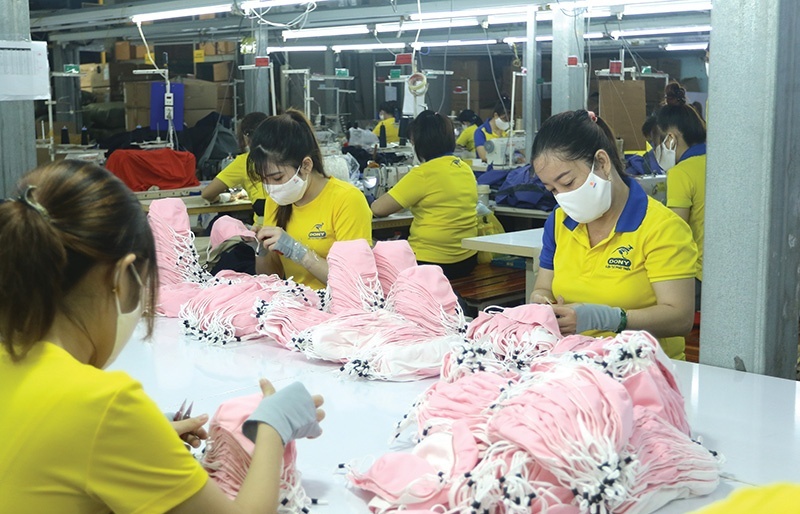
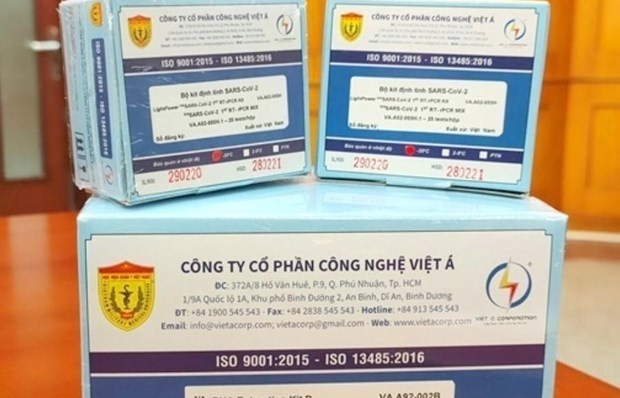

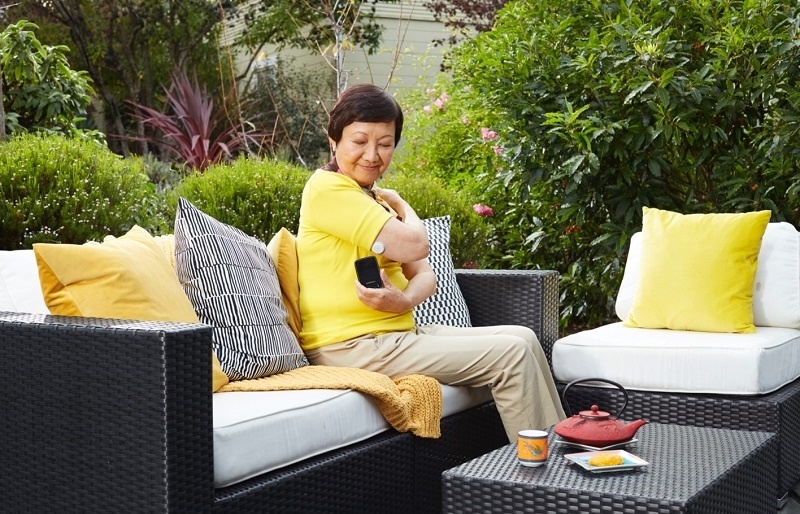














 Mobile Version
Mobile Version